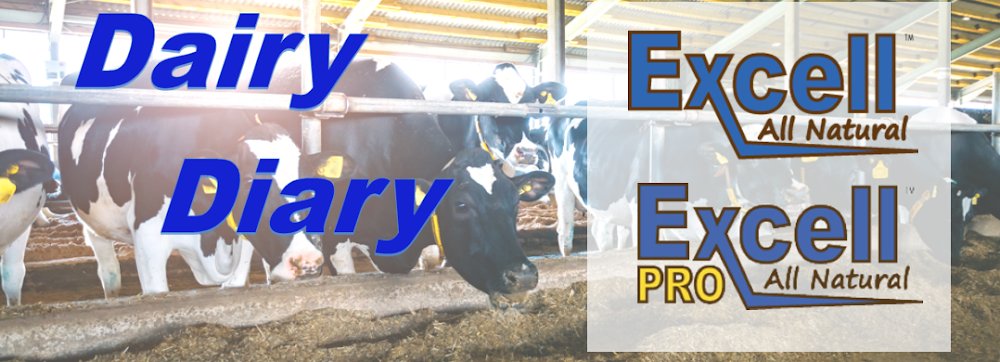The U.S. dairy industry is experiencing a period of significant growth, with the largest herd in recent history driving strong milk production. Although October’s milk production data has not been published due to the government shutdown, it is evident that output remains robust. Producers have managed to expand capacity despite tight availability of replacement heifers, largely by holding onto cows longer. This strategy is reflected in slaughter rates, which are down 5% year-to-date compared to 2024. Additional income from dairy-beef crossbreeding has provided a financial cushion for many producers, helping them stay above breakeven even as milk prices have declined in the second half of 2025. This extra income has bolstered overall profitability, encouraging continued production growth. Despite easing cattle prices in late October from record highs (see cattle update), long-term projections suggest that beef prices will remain elevated, offering further support to dairy producers’ margins.
Butter prices drop amid milkfat surplus.
Butter prices on the CME spot market fell to four-year lows in October, a surprising development during a period when prices typically strengthen due to seasonal demand. The primary driver of this decline is a surplus caused by record milkfat production. Under the Federal Milk Marketing Order payment system, producers are incentivized to increase milkfat levels, leading to an oversupply of butter. As milkfat production continues to rise, butter prices are expected to face sustained downward pressure. While butter prices have improved, this surplus, while beneficial for consumers and export markets, could pose challenges for dairy markets.
Profitability
Dairy: Slightly profitable - Neutral 12-month outlook
Rising milk production and falling futures prices could strain profitability. However, low feed costs and beef-on-dairy income should support margins.





